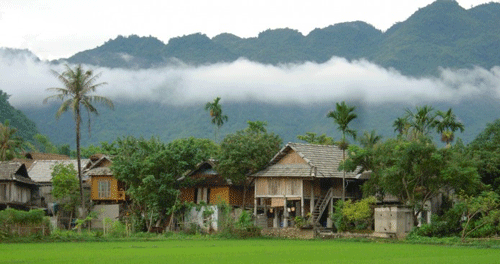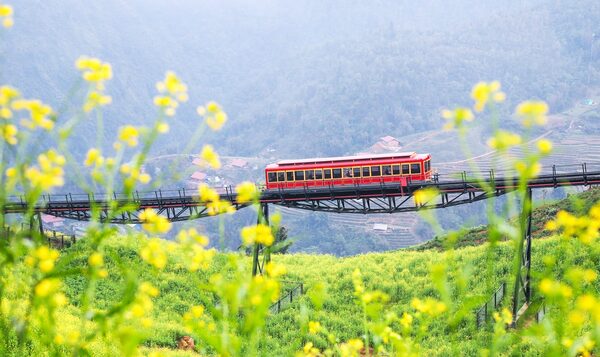Long a staple identifier of central Vietnamese culture, flourishing along the fertile Mekong delta since the 19th century, no trip to this beautiful country would be complete without a visit to some of its frenetic, exciting floating markets in Vietnam.
The floating markets throughout Central and Southern Vietnam in the verdant greenery, and bustling river towns are an iconic feature of this exciting region. As the country changes rapidly with economic growth, the need for the markets changes as well, but the fact that no trip to Vietnam would be complete without seeing how the people of the river live remains the same.
Top 5 best floating markets of Mekong Rivers in Vietnam
1. Finding the Uncommon
As the celebrated author Marcel Proust once wrote, “The real voyage of discovery consists not in seeking new landscapes, but in having new eyes.” The experiences you will have while touring Vietnam will undoubtedly give you fresh eyes with which the view the world.
There are certain aspects of travel that shock us, leave us uncomfortable, or with unanswered questions. The fact is we all bring certain expectations, and perhaps even some slight assumptions with us when we arrive at the doorstep of a new country. Whatever we may have heard, seen, or conjured within our imagination informs us of what to look for and give us hopes of what we may find.
There is however, no substitute for going, and being present in the moment in a foreign land with all its peculiarities and the sameness that makes for a shared human experience. Visiting Vietnam you can expect to have many life changing experiences, and see a uniquely developed, eclectic, diverse culture.
The floating markets of Vietnam are one place where all of these elements blend into one sometimes chaotic, but expressly rare scene.
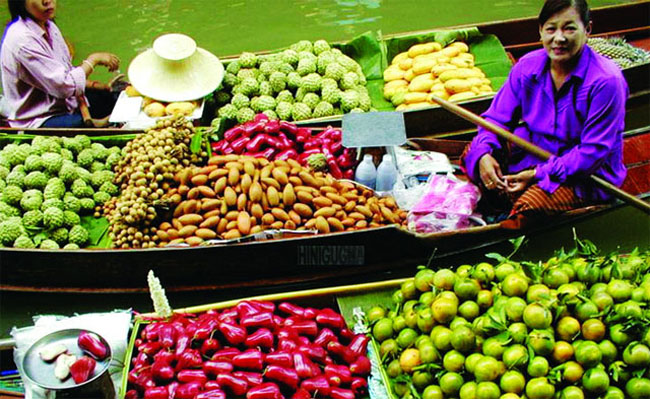
2. Cai Rang floating market
The floating market of Cai Rang can be found in Mekong tours and is the largest of the floating markets. There you can find a wide variety of exotic fruits such as Ving Long pink kiwi kumquat, which is as much of a mouthful as it sounds.
Water commerce is on display at its finest here as traders crisscross the Cai Rang River as it merges along with the Hua River a major distributary of the Mekong in Vietnam. You can breakfast on tiny plastic chairs onboard as hawkers float their goods on boats that often double as their homes. The best time to arrive is before 6am and you will see residence going about their daily lives, hanging washing, bathing, and having their morning meals as the market begins to get busy.
The landscape of the country however is changing and while Cai Rang is the largest of the floating markets, it is now just about half the size it was in the past. Rapid urbanization, the development of roads and the infrastructure necessary to transport goods throughout the delta in different ways has resulted in many of the river people going ashore to find other trades. The future is as always difficult to determine but now may be an opportunity not long lasting to see this vividly interesting, unique culture born along the rivers of Vietnam and their banks.
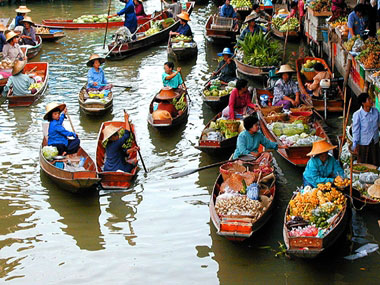
3. Cai Be floating market
Located just 80 kilometers from Ho Chi Minh City, the Cai Be floating market is a convenient reach from the city. Also unlike other floating markets found in Vietnam the Cai Be market is open throughout the day rather than closing in the early hours of the morning hence making it the perfect day tour.
Large poles with samples of for sale items stretch upwards making for striking images against the backdrop of a clear day in the South. The way of life on the markets is on full display in Cai Be, and frankly some of it presents challenges to a local government trying to promote tourism as a way to save the markets from disappearing into the history books. As the families who live on the river sell their wares, there’s been problems with waste management and developing effective methods of keeping the river clean.
As a great deal of the local shoppers take their business to attractive new supermarkets and high rise malls, hundreds of tourists both domestic and international come to visit the floating markets daily. It is an experience you are unlikely to have elsewhere, yet navigating the change like navigating their rivers for the boat people may prove difficult.
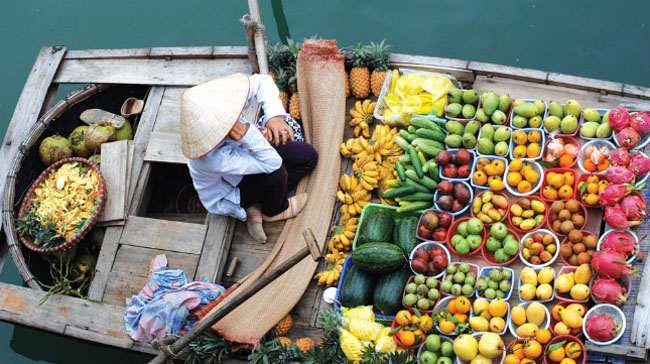
4. Phong Dien floating market
Near to Can Tho at just 20 km south of the more popular, and thus more touristy Cai Rang market is Phong Dien. This floating market however is its most lively well before 8am even perhaps best viewed in the earliest hours of dawn.
The rivers of the Mekong Delta are intrinsic to the lifestyles that people have lived alongside their shores and as the people of the floating market demonstrate on the waters themselves. From the rainy seasons of centuries that have brought rich fertile soil to the area, to the naval battles that have been fought, the flow of the rivers have brought change, challenge, and growth to the people of the Delta.
Tourism is bringing new forms of change and potential growth to the region. At the Phong Dien market amidst sales of tools, agricultural products, hot bowls of noodle soups, and fresh juices transported by “ghe” (a small boat used to transport goods between the larger vessels) to fascinated tourists and often equally curious locals.
This is in a sense a portrayal of our ever evolving world, that in its essence remains rooted in much tradition. Phong Dien floating market is an exciting place to witness both. Some historian believe people have traded along the waterways of the Vietnam Mekong Cruise since the Nguyen Dynasty in the early 1900’s and as people have traded along the Mekong and traveled from far flung destinations to do so they still do, but as Vietnam as a country grows and expands economically, more and more will tourism act as a major factor determining whether or not the floating markets survive.
Expect them, hopefully to last quite a while longer, but in the meantime make plans to visit one of these uniquely interesting markets soon.
5. Nga Nam floating market
This is one of the oldest of the floating markets located within Nga Nam town since 1915 in Soc Trang Province. Sitting at the confluence point of five different rivers; Ca Mau, Vinh Quoi, Long My, Thanh Tri and Phung Hiep. Nga Nam market is an essential place to trade goods throughout the region
Buyers and sellers crowd the water market around 3am and begin the day’s activities. Conveniently if you would like to rent a small boat and tour the whole of the market it is just $1 with perhaps a bit of haggling.
The agricultural offerings of Southern Vietnam are on full display here, with samples of available produce dangling from the tall bamboo poles fixed to the boats.
As the future of Vietnams floating markets hangs precariously in the balance of an unknowable future, visiting this living cultural monuments is an exciting way to experience this beautiful country.
Jacob Sneed is an avid traveler, hobbyist photographer, and author. What began five or so years ago as a short vacation has turned into a nomadic lifestyle that has taken him to many central hubs and remote corners of the earth alike. More of his writings can be found at principejacob.wordpress.com









